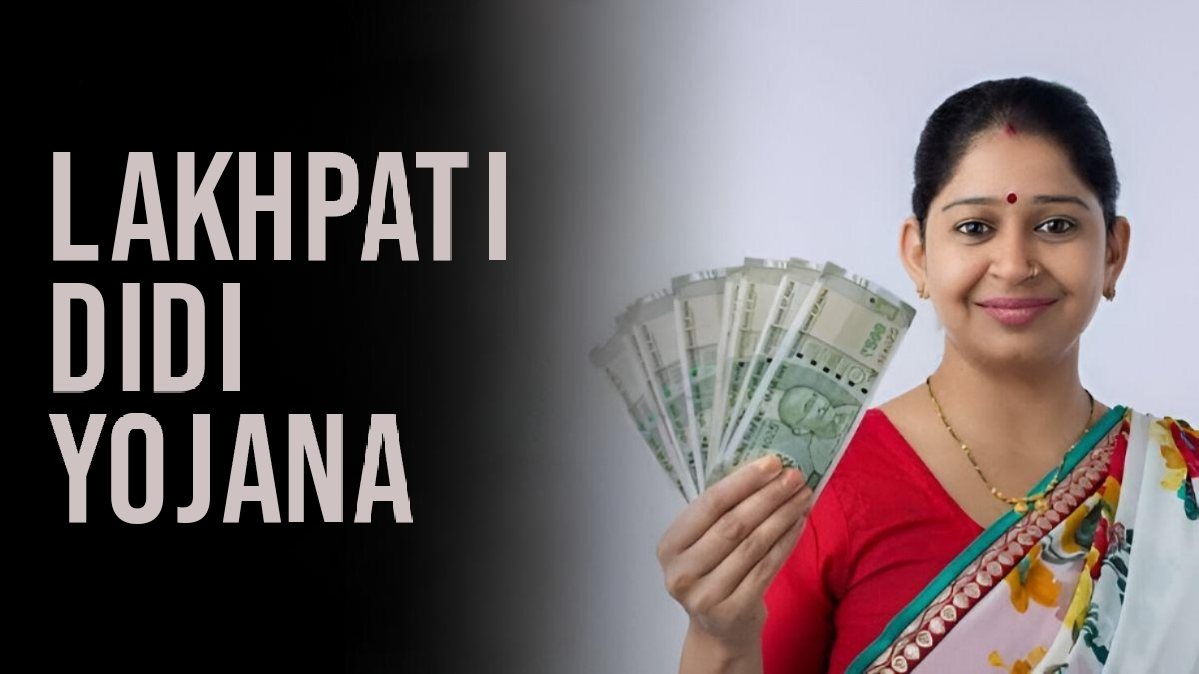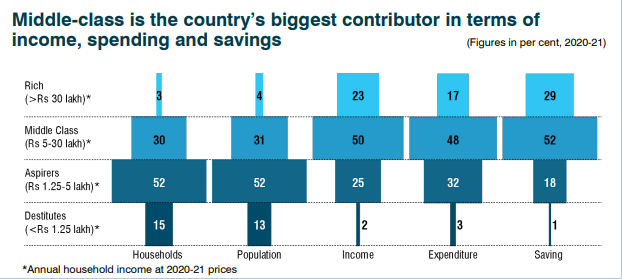

Bhubaneswar: “By 2047, if political and economic reforms have their desired effect, the India income pyramid will have a smallish layer at the bottom comprising the Destitute group, a huge bulge of the middle class and a big creamy ‘rich’ layer on top,” finds a recent study by People Research on India’s Consumer Economy (PRICE).
As per the study, it has categorized Indian society or say households into 4 categories like, see the image below

CHANGING FACE OF VIKSHIT BHARAT
As per the survey projections, the face of Vikshit Bharat will be vastly different from the struggling and hungry India. It says the following.
Amidst the projections by PRICE, the Lakhpati Didi scheme introduced by Narendra Modi government is seemingly increasing the size of the ‘Aspiring’ households in the country, thereby greatly downsizing the ‘Destitute’ households in the country.
LAKHPATI POPULATION UP
The Narendra Modi government with an objective to alleviate rural poverty by organizing the rural poor women into Self Help Groups (SHGs) and continuously nurturing and supporting them till they attain appreciable increase in income over a period of time, improve their quality of life and come out of abject poverty (Destitute Household).
In 2023, LakhpatiDidi initiative has been adopted to make the Self-Help Group (SHG) members Lakhpati, i.e. they earn minimum income of Rupees one lakh per year on a sustainable basis.
As per the latest data available with Union Ministry of Rural Development, the country as on November end has a whopping 1.15 crore Lakhpati Didis. The State wise (10 major states) from top to bottom data is given below.
STATES | NUMBERS |
ANDHRA PRADESH | 14.87 Lakh |
BIHAR | 13.47 lakh |
WEST BENGAL | 11.81 Lakh |
MADHYA PRADESH | 10.51 lakh |
MAHARASHTRA | 10.04 lakh |
UTTAR PRADESH | 8.41 lakh |
TELANGANA | 7.58lakh |
GUJARAT | 5.38lakh |
ODISHA | 5.37 lakh |
ASSAM | 5.18 lakh |
A glance at the data shows when India has 9million women SHGs with 10 crore members at the begining of year 2024, the scheme of Lakhpati Didi has elevated nearly 10% or over 1 crore women to the ‘Aspirer’ household from the ‘Destitute’ household.
ODISHA LENS
In Odisha, under the DeenDayal Antyodaya Yojana – National Rural Livelihood Mission (NRLM), 57 lakh households were covered to mobilise a massive 5.4 lakh women SHGs. The total women members stood at over 70 lakh.
Under the Lakhpati Didi scheme in Odisha, 7% of the women members have been upgraded from ‘Destitute’ households to ‘Aspirer’ households.
BOTTOMLINE: When compared with national rate of 10%, the State of Odisha is lagging behind. It is high time for the Rural Development department to take a leaf from the Andhra Pradesh success story. Andhra Pradesh has high sustainable women SHGs in the country, along with Telangana. Both the states have higher Lakhpati Didi vis-a-vis Odisha, despite a lower population.